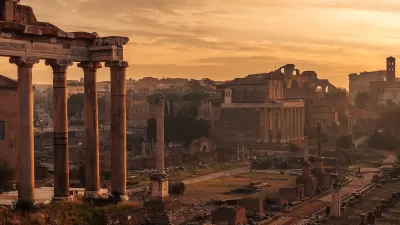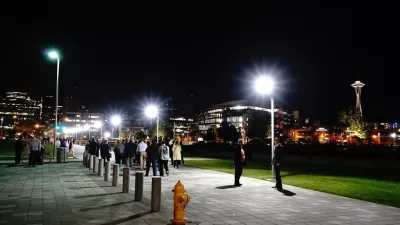For over 60 years the legendary documentarian has quietly chronicled the urban American experience. The result is a subtle, stubborn celebration of the unsung hero of civic life: process.
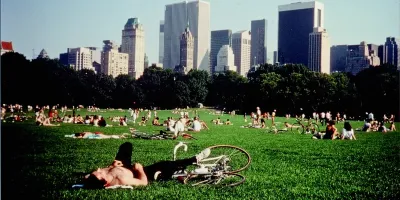
Picture a city council meeting. Everything is brown or gray, and the furniture looks antique. On one side are the council members, and on the other, their constituents. These meetings take place every day, all around America, whether fewer than a dozen people show up or hundreds do. There are topics to debate, motions to pass, petitions to be shared. More than anything else, though, they are boring. Aren’t they?
A council meeting takes place early in Frederick Wiseman’s four-hour 1999 film Belfast, Maine, and it is anything but boring. Wiseman shows us a series of issues brought forth by various citizens, and the palpable passion they all feel for their cause, regardless of how small it may seem to the viewer. There is a rousing discussion about zoning ordinances, and the ethics of selling lots within the city’s park. A man, seemingly a small business owner, brings up planned sewer extensions that, he indignantly argues, will favor some property owners over others. Finally, there is the contentious topic of whether certain city benches should be removed to help get rid of young people loitering around them.
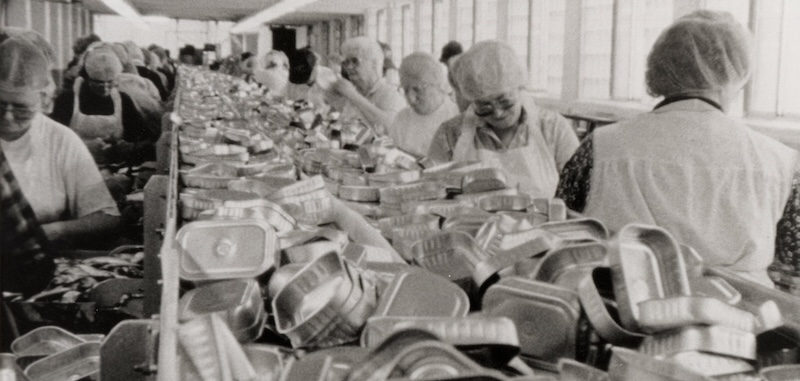
Okay, this may not exactly sound like riveting stuff, but in Wiseman’s capable hands, we feel like we are in that room, waiting for our turn to make our voices heard in a little process called democracy.
There are many ways to represent a city, and even more ways to represent city life. Wiseman, the 95-year-old documentary filmmaker, has made a career out of depicting American life, both rural and urban, in all its variety and contradictory complexity. Turning a typical city council meeting into a gripping character study and a rousing example of a functioning government is his bread and butter.
Wiseman is perhaps best known as a chronicler of institutions — his first feature, Titicut Follies (1967), depicted life inside the Bridgewater State Hospital for the Criminally Insane. Other institutions that have gotten the Wiseman treatment include the Metropolitan Hospital, Neiman Marcus’ flagship store, the Alabama School for the Blind and Deaf, the Miami Zoo, the University of California, Berkeley, the London National Gallery, and the New York Public Library. Perhaps just as significant in Wiseman’s oeuvre, though, are his depictions of particular cities, townships, neighborhoods, and communities, and the way urban planning and its consequences comes to take a leading role in determining how we gather, work, play, and live everyday.
These films are listed below in chronological order. In them, Wiseman’s general approach as a fly on the wall — no narration, no helpful identifying text, no music, but with a distinct point of view — serves each community well, even if residents later quibbled with how they came off, as some in Belfast, Maine did. His lean style and rhythms alongside his gargantuan runtimes (often upwards of three or four hours) allow us to glean much about how community functions within and without the state. It is a reminder that urban planning is not only about architecture and infrastructure, but about how cities and the people who live inside them are managed. Wiseman’s films are about many things, but I’d argue he can be said to be cinema’s greatest chronicler of urban life, showcasing the nitty-gritty of city planning in all its detail, for better or worse. This celebration of process, while simultaneously examining its weaknesses and nuances, is one of the great documentary projects.
Welfare (1975)
An early Wiseman masterpiece on the abject failures of governmental bureaucracy, which demeans social programs and those that require them. Access to care is not only routinely denied for a myriad of largely incomprehensible reasons or administrative snafus, but is also deliberately withheld by those with a warped vision of who is considered a proper or deserving citizen. Welfare sharply demonstrates how city life is dictated by these obtuse and harmful systems — how, in short, planning is always political.
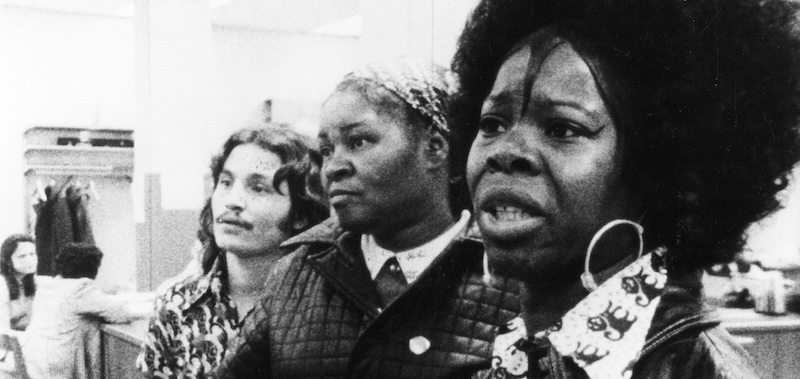
Central Park (1989) and Aspen (1991)
These films focus on the blurred lines between public and private space, and how certain environments are managed according to different agendas. Aspen, Colorado, the ski resort town, for instance, is a space designed for and almost wholly enjoyed by the wealthy in all their elegant obscenity. Central Park, on the other hand, is famously for everyone. We know it is not only a bastion of urban recreation but also a deeply contested sociopolitical space, as issues of sanitation, houselessness, and the work required to maintain that leisure can often be hidden from view. Aspen is one of Wiseman’s most pointedly edited films. It has a clear satirical bent to his documentation of rich people and their clearly-expressed beliefs and values of individualism, capitalism and self-isolation — a community without a soul, able to enjoy the town’s excesses and pleasures without a care to how it comes to be. Central Park, though, draws a contrast between the image of community and its reality, as the park comes to reflect much larger debates over what it means to be both within and outside of that image. Both films are, ultimately, about the “right way” of being in public.
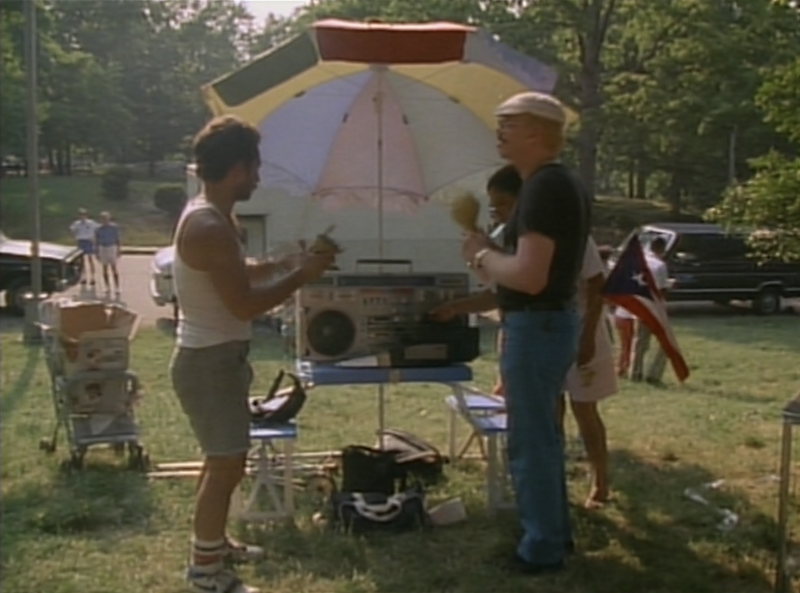
Public Housing (1997)
In this film, Wiseman tackles the core issue at the center of urban and city planning: housing. The film focuses on the Ida B. Wells public housing development in Chicago, Illinois, depicting its residents, those that work to take care of them, and those that surveil and discipline them. A standout advocate is introduced early on, a formidable woman named Helen Finner, president of the residents association, who we see in a few different situations fighting in a direct, outspoken way for the community. We first see her attempting to find housing for a new mother and her baby, arguing on the phone with someone about the inexplicable vacancies in Wells, “just sitting there,” and how “nobody under the sun should be homeless with all of these units vacant in public housing…Some rules are made to be bent.” Without putting too fine a point on it, Finner is a quintessential Wiseman hero, the largely unheralded public servant going above and beyond to make life a little better for those around them.
The film takes on added resonance knowing that Wells was demolished in 2002, leaving the fates of its residents largely unknown to us. Wiseman began filming just as the Department of Housing and Urban Development (HUD) had taken control of Wells from the Chicago Housing Authority, and it’s telling that this handover only lasted about seven years before the entire project was ended. This is beyond the scope of Wiseman’s film, however, which remains attentive to the clashes between HUD and Wells’ residents and advocates, and the varying ways that interested parties attempt to steer the community or address poverty by encouraging entrepreneurship, as we see former NBA player-turned-economic development director Ron Carter pitching to residents as a way out. Meanwhile, we are frequently shown scenes of police hovering around the community, harassing residents. Altogether, Wiseman’s film shows public housing as a locus of power struggles with competing forces seeking a way to control urban life.
In Jackson Heights (2015) and Monrovia, Indiana (2018)
One of these films focuses on a neighbourhood in New York City called the most diverse in the world and the other, on a small flyover town in Indiana largely stuck in its ways. Together, they show two vastly different yet connected versions of the same idea: organizing an environment for any number of people — whether 108,000 or 1,600 — will inevitably lead to highly-charged conflicts, whether aimed at the bureaucratic state or at each other. Whether it’s an intense battle over whether to install a bench in the local library or repeated battles over encroaching gentrification, a city or town is inevitably full of people and their deeply, hopelessly divergent wants and needs.
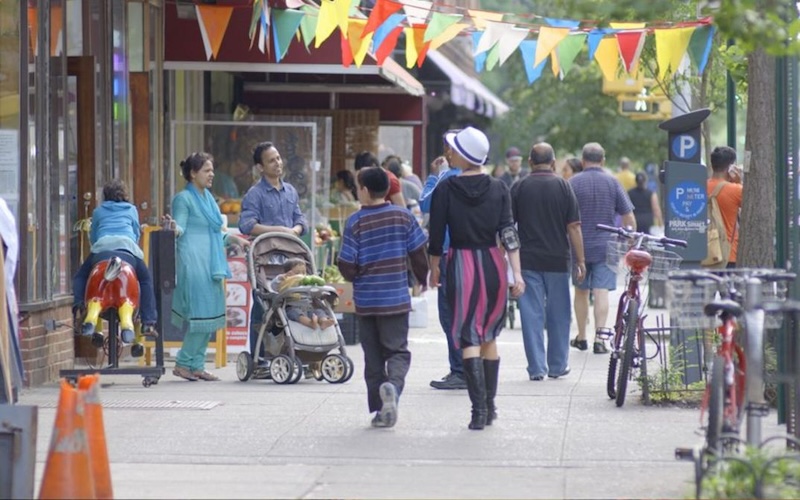
State Legislature (2007) and City Hall (2020)
These films are most directly about city planning in Wiseman’s filmography: the first about the Idaho Legislature and the second, Boston’s city government. We watch zoning hearings, policy proposals, debates over environmental racism and more. Filtered through Wiseman’s patient lens, it invites the audience to feel truly present in these meetings and emphasises how significant such minutiae can be for those involved. These films make you want to believe in the power of the democratic process for designing better ways of living, while ruthlessly pointing out its shortcomings and limitations.

Other films to check out: Ex Libris: The New York Public Library (2017), Law and Order (1969), At Berkeley (2013).

Maui's Vacation Rental Debate Turns Ugly
Verbal attacks, misinformation campaigns and fistfights plague a high-stakes debate to convert thousands of vacation rentals into long-term housing.

Planetizen Federal Action Tracker
A weekly monitor of how Trump’s orders and actions are impacting planners and planning in America.

San Francisco Suspends Traffic Calming Amidst Record Deaths
Citing “a challenging fiscal landscape,” the city will cease the program on the heels of 42 traffic deaths, including 24 pedestrians.

Opinion: What San Francisco’s Proposed ‘Family Zoning’ Could Really Mean
Mayor Lurie is using ‘family zoning’ to encourage denser development and upzoning — but could the concept actually foster community and more human-scale public spaces?

Jacksonville Launches First Autonomous Transit Shuttle in US
A fleet of 14 fully autonomous vehicles will serve a 3.5-mile downtown Jacksonville route with 12 stops.

‘Big, Beautiful Bill’ Guts EV Tax Credits
The bill eliminates federal subsidies for electric vehicle buyers and charging stations.
Urban Design for Planners 1: Software Tools
This six-course series explores essential urban design concepts using open source software and equips planners with the tools they need to participate fully in the urban design process.
Planning for Universal Design
Learn the tools for implementing Universal Design in planning regulations.
Gallatin County Department of Planning & Community Development
Heyer Gruel & Associates PA
JM Goldson LLC
City of Camden Redevelopment Agency
City of Astoria
Transportation Research & Education Center (TREC) at Portland State University
Jefferson Parish Government
Camden Redevelopment Agency
City of Claremont


























